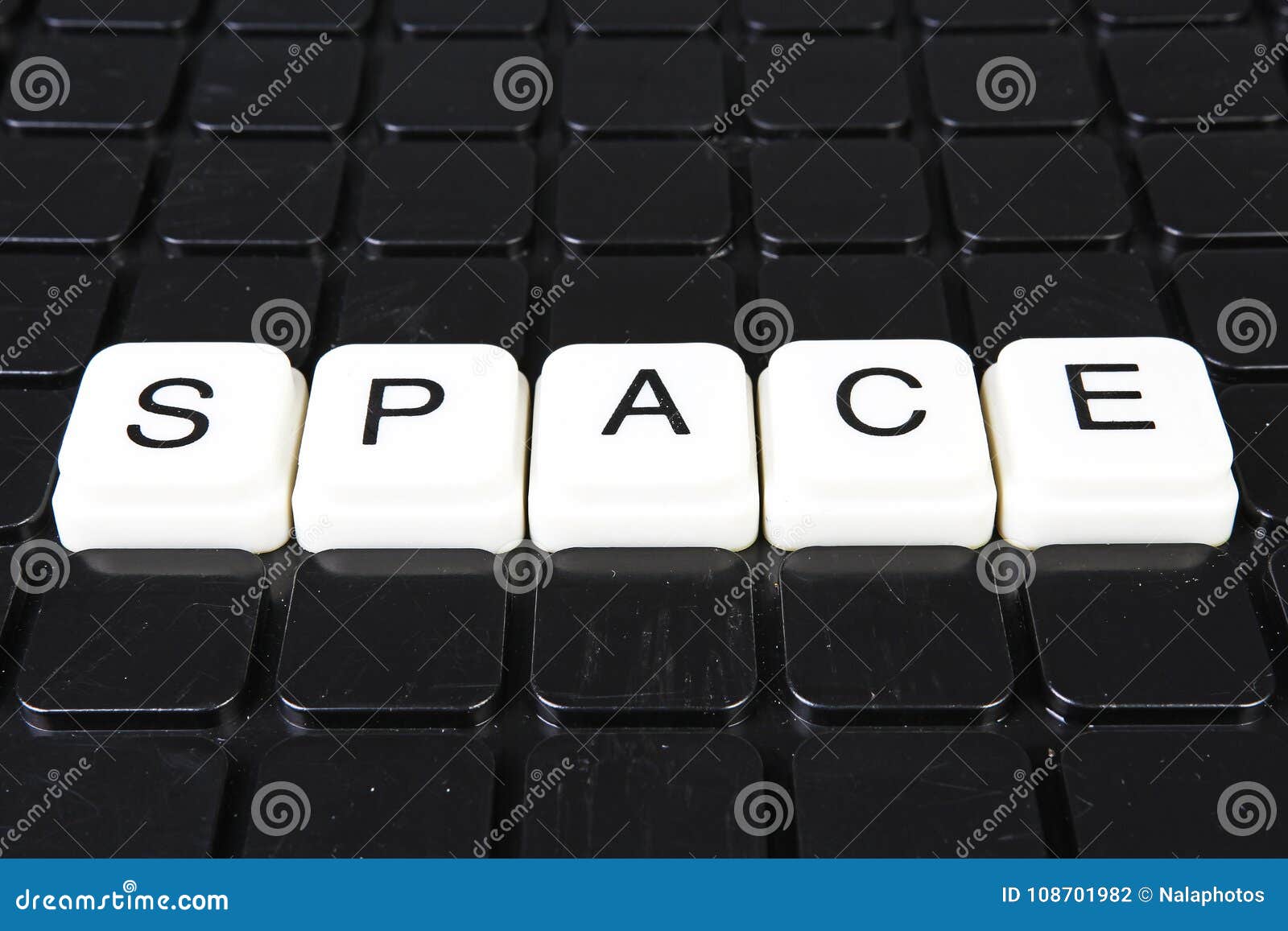

Selecting the Primary Text Frame option does not affect whether new pages are added when you autoflow text. If you change the page margins, text frames adjust to the new margins only if the Enable Layout Adjustment option is selected. By default, when you type text at the end of a threaded text frame based on a parent page, a new page is added, allowing you to continue typing in the new text frame. You can use Smart Text Reflow to add or remove pages automatically as you type and edit text. Then click in the frame using the Type tool and begin typing. If you need to type text in a primary text frame on a document page, hold down Ctrl+Shift (Windows) or Command+Shift (Mac OS) as you click the text frame on the document page. You can thread these empty placeholder frames together to establish a flow.įlow text into primary text frames using the same procedures you would use with frames created on document pages. Whether or not you select the Primary Text Frame option, you can add text frames to a parent page to act as placeholders. If your document requires more variation, such as pages with different numbers of frames or frames of different lengths, leave the Primary Text Frame option deselected, and use the Type tool to create text frames on parents. Set primary text frames when you want each page in your document to contain a page-sized text frame into which you can flow or type your text. If a text frame includes more overset text than can reasonably fit on the page, the text frame isn’t resized. Tip: You can also double-click a handle on an overset text frame to expand the height or width to fit all text in the frame. If you double-click the center right handle, the height is preserved while the width narrows to fill the frame. For example, if you double-click the center bottom handle, the bottom of the frame snaps to the bottom of the text. To quickly fit the frame to its content, use the Selection tool to select the text frame, and double-click any handle.

Hold down Ctrl (Windows) or Command (Mac OS) to scale the text within the frame. Note that all the incidental whitespaces are removed but essential white spaces are retained in the processed text. This command supports complex text layout features. You can mix block symbols to make cool text frames. Block symbols come with various fill and shading such as black block symbol or white block symbol. If the text exceeds the block height, the text is truncated. Block symbol ( ) is a box drawing character in text based messages. The text block has an automatic word-wrap function. This makes the text block represented in the above code, formatted as shown below after processing. TB Text Blocks Description The TB command prints a text block with defined width and height. To resize using the Selection tool, drag any of the frame handles on the frame’s border. Incidental whitespaces are stripped away and essential whitespaces are retained by the Java compiler when processing a text block. Note: If you click the text frame instead of dragging it, you’ll lose your text selection or insertion point location. If you hold down the mouse button for one second before you begin dragging, the text will recompose while you resize the frame.

To resize using the Type tool, hold down Ctrl (Windows) or Command (Mac OS), and drag any frame handle.


 0 kommentar(er)
0 kommentar(er)
